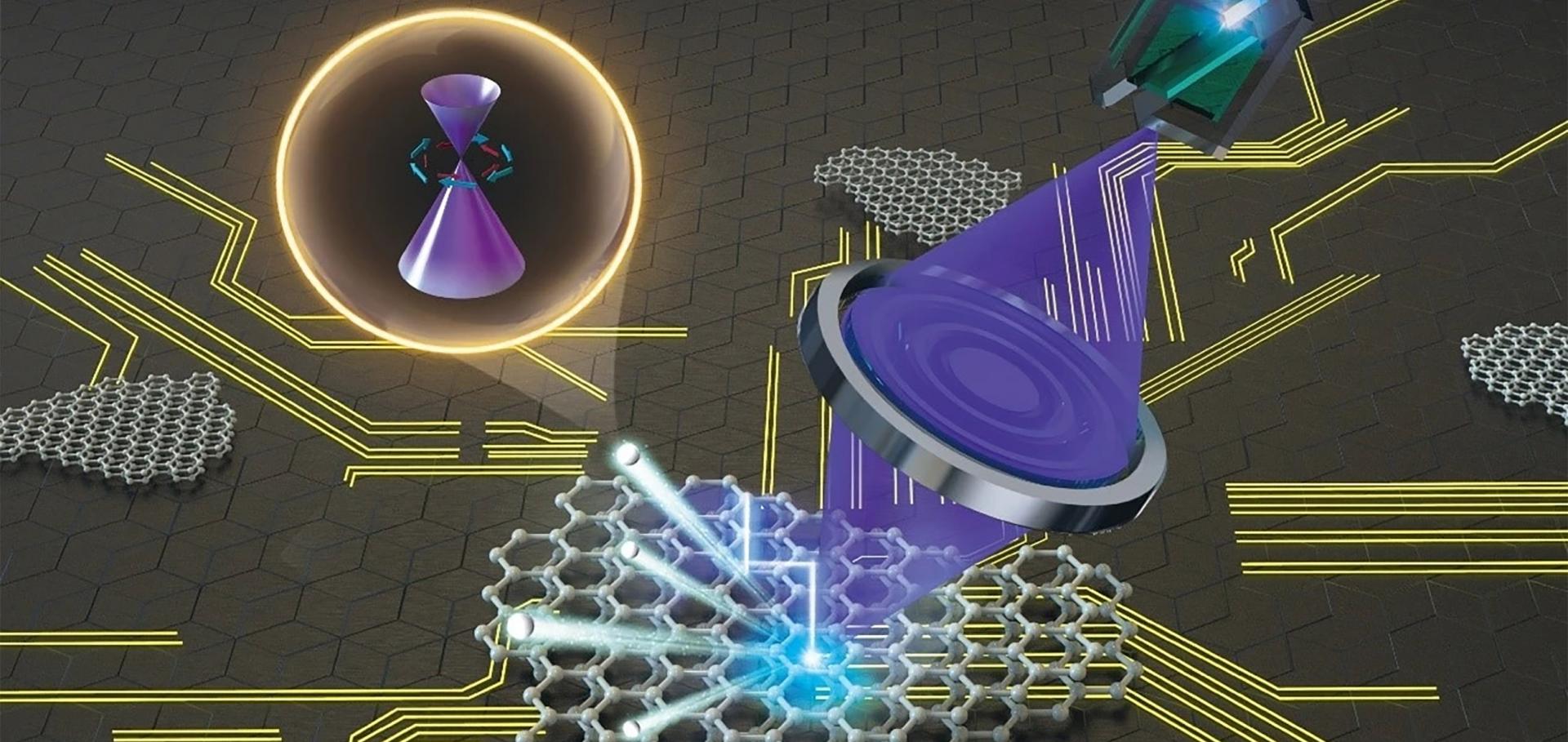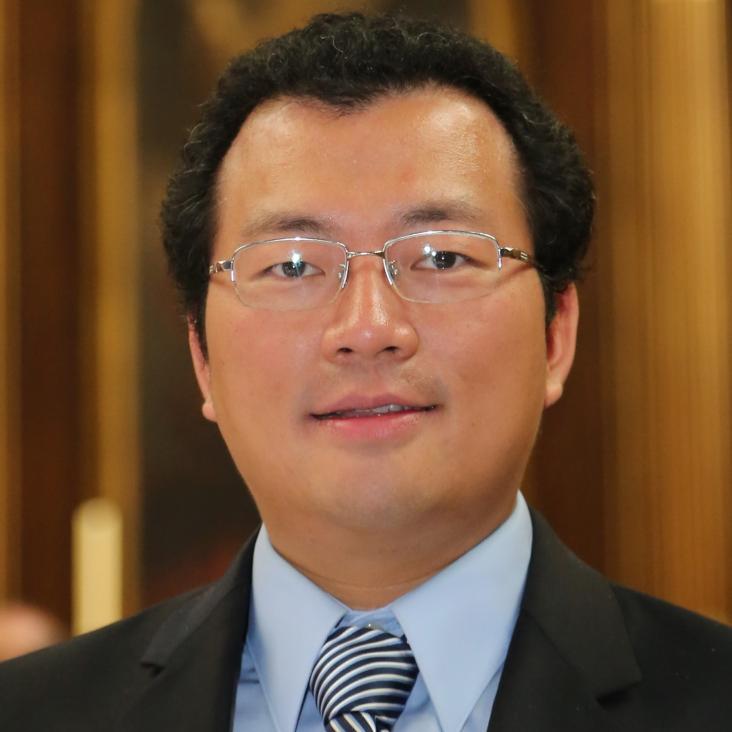Experimental observation of conductive edge states in weak topological insulator candidate HfTe5
Evolution of electronic structure and electron-phonon coupling in ultrathin tetragonal CoSe films
Giant anomalous Hall effect in a ferromagnetic kagome-lattice semimetal
Quantum oscillations of electrical resistivity in an insulator
Electronic structures and unusually robust bandgap in an ultrahigh-mobility layered oxide semiconductor, Bi2O2Se
Abstract:
Semiconductors are essential materials that affect our everyday life in the modern world. Two-dimensional semiconductors with high mobility and moderate bandgap are particularly attractive today because of their potential application in fast, low-power, and ultrasmall/thin electronic devices. We investigate the electronic structures of a new layered air-stable oxide semiconductor, Bi2O2Se, with ultrahigh mobility (~2.8 × 105 cm2/V⋅s at 2.0 K) and moderate bandgap (~0.8 eV). Combining angle-resolved photoemission spectroscopy and scanning tunneling microscopy, we mapped out the complete band structures of Bi2O2Se with key parameters (for example, effective mass, Fermi velocity, and bandgap). The unusual spatial uniformity of the bandgap without undesired in-gap states on the sample surface with up to ~50% defects makes Bi2O2Se an ideal semiconductor for future electronic applications. In addition, the structural compatibility between Bi2O2Se and interesting perovskite oxides (for example, cuprate high–transition temperature superconductors and commonly used substrate material SrTiO3) further makes heterostructures between Bi2O2Se and these oxides possible platforms for realizing novel physical phenomena, such as topological superconductivity, Josephson junction field-effect transistor, new superconducting optoelectronics, and novel lasers.


